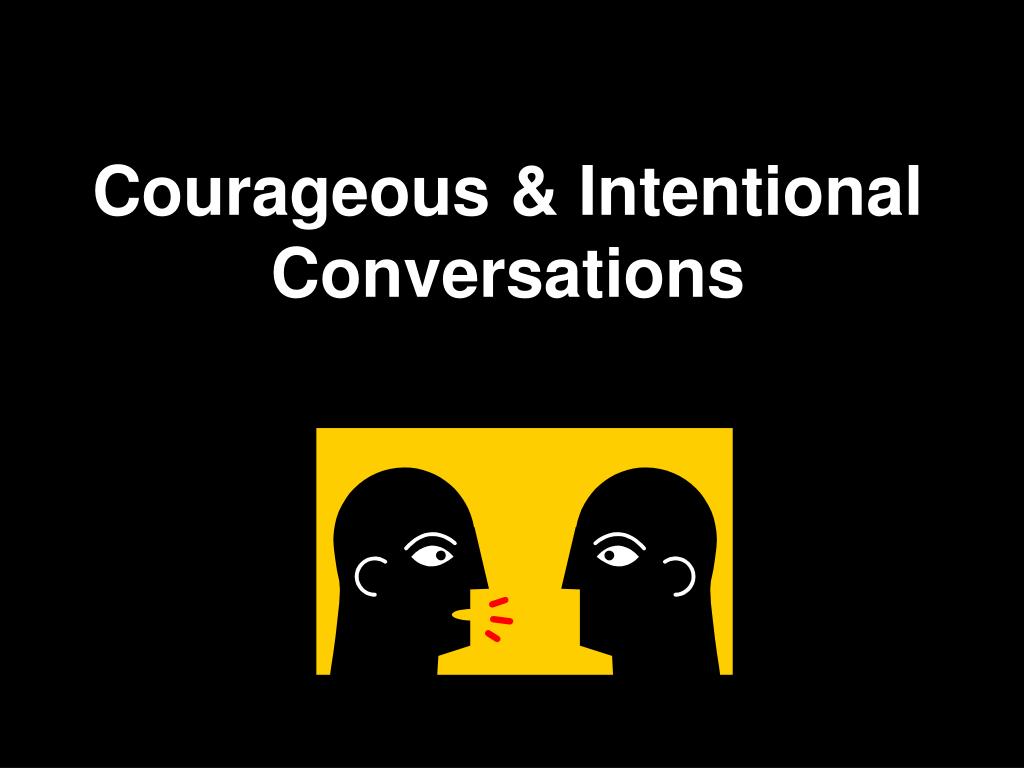
Midway through my first day, each of us was asked to privately score “our truths,” based upon our race or color, in response to 26 statements about what we would consider normal, everyday life and social experiences. The second related and requisite tenet was to “expect and experience discomfort.” I was about to discover, when unpacking my own and others’ perspectives and experiences about race, things were going to get uncomfortable. The first prerequisite for participation in the conference was that I “stay engaged.” No matter how personal or perilous the dialogue on race became, every participant was to stay engaged and remain committed to the conversation. That’s five days among 900 racially diverse “strangers” from school districts throughout the country. I thought I was ready, even eager, to engage in the racial conversation when I was invited by friends and partners within the Bellevue School District to participate in a five-day conference on race entitled Courageous Conversations. Interracial conversations about race and racism can be very uncomfortable, socially awkward, even a bit dangerous, as latent emotions, perceptions, and pain become unmasked. It tends to be a “hot button” issue, perhaps the most explosive issue in our society. I will face my fears of failure and lack of experience and knowledge by working with a diverse team of allies that are passionate and committed to long-term change and that will hold me accountable for both my privilege and my practice.”īrent Christie, executive director of Jubilee REACH “As a white woman, I will develop a deeper understanding of race and institutional racism to eliminate the opportunity disparities for children of color in my community.

I will strive to fulfill the Personal Statement of Racial Equity Purpose that I wrote in the workshop: I will use the terms black, brown, red, yellow, and white as a way to acknowledge and even honor a person’s identity. I will struggle with my discomfort and fear of doing something wrong, of offending someone.
Courageous conversations i dont know how to#
I am learning how to look ahead and use my new understanding of racial equity to better support every child in Bellevue. Through the Beyond Diversity training, I am exploring the experiences that brought me to where I am and my current perspective on race. I continued with the Beyond Diversity 2 workshop last week.

As a white person, I can be outspoken, loud, and even rude, without putting my race on trial. This happens to people of color ALL THE TIME! As a white person, I have never been held up as a good/bad example of my race. As a white person, I have never been followed in a store by security. Nor did I understand the daily, subtle acts that crush the soul of those very same people. At the Beyond Diversity 1 workshop, which I attended last summer, I came to know that I really had no idea what it was like to be a black, brown, yellow, or red person. I have always thought of myself as racially aware, and I’ve worked to treat everyone the same.

Yes, I am learning about racism and the part I play in perpetuating it, but I find the approach very constructive and forward-looking. The Courageous Conversation work by the Pacific Educational Group feels different to me. I assumed there would be a lot of blame and shame and frankly, I just didn’t want to take that on. It was a five day, deep dive on racial equity in education.Īs a white person, I have avoided workshops on white privilege and racial equity. Last month, I attended a conference, the National Summit for Courageous Conversation. These are the labels we use to describe people’s skin. Susan Sullivan, board member of Eastside Pathwaysīlack. Susan Sullivan, Brent Christie, Kelly Jones, and Charlotte Anthony share their thoughts on attending the Courageous Converastions Summit.


 0 kommentar(er)
0 kommentar(er)
